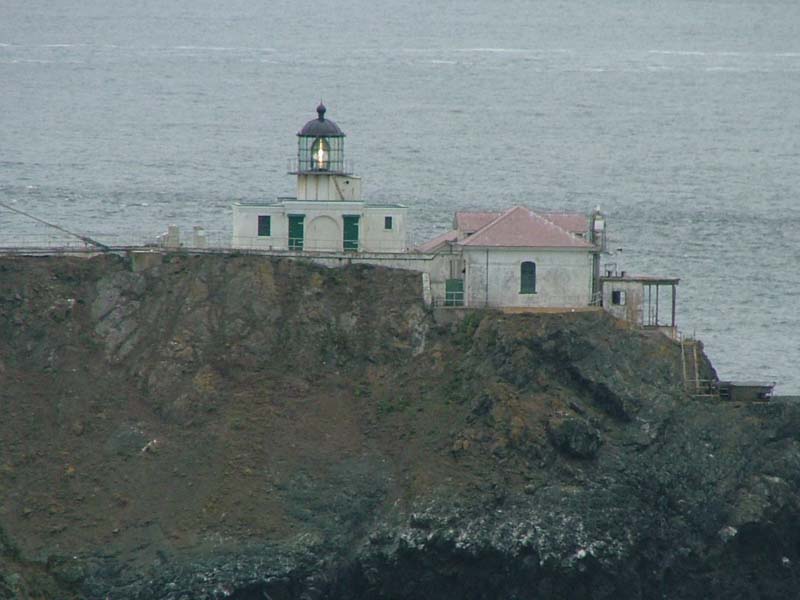-
Membership
Membership
Anyone with an interest in the history of the built environment is welcome to join the Society of Architectural Historians -
Conferences
Conferences
SAH Annual International Conferences bring members together for scholarly exchange and networking -
Publications
Publications
Through print and digital publications, SAH documents the history of the built environment and disseminates scholarshipLatest Issue:

-
Programs
Programs
SAH promotes meaningful engagement with the history of the built environment through its programsMember Programs
-
Jobs & Opportunities
Jobs & Opportunities
SAH provides resources, fellowships, and grants to help further your career and professional life -
Support
Support
We invite you to support the educational mission of SAH by making a gift, becoming a member, or volunteering -
About
About
SAH promotes the study, interpretation, and conservation of the built environment worldwide for the benefit of all
SAHARA Highlights: The Lighthouse Photographs of Peter Clericuzio
Feb 18, 2022
by
Jacqueline Spafford and Mark Hinchman, SAHARA Co-Editors
One of the joys of contributing to SAHARA is that it allows SAH members with well established areas of expertise to pursue additional roads of inquiry. Architectural photography is a way to seriously pursue a hobby, with results and a tangible legacy. Peter Clericuzio has contributed 4,143 photographs to SAHARA, 193 of which are lighthouses. Clericuzio was a student at Emory University and obtained his PhD from the University of Pennsylvania. He had a Fulbright from 2005 to 2006, which he used to study at l’Ecole de Nancy, in Nancy, France. Some of his earliest contributions come from his time in France. He often writes about Art Nouveau and the 19th century. Some of his photographs capture French lighthouses, although most are American, with North Carolina and Florida well represented.
His photographs have been featured in two other Highlights, and he serves as a reviewer for JSAH.
It is not easy to research who designed lighthouses, although in most cases Clericuzio completes the Creator field. It is noteworthy that this month’s Highlights features creators from opposing sides of the American Civil War.
Whether your contributions stem from your well established areas of expertise, or represent other interests, please consider contributing to the SAHARA collection.
To see more SAHARA content: sahara.artstor.org/#/login
To learn more about contributing, visit: sah.org/sahara

George Gordon Meade, Jupiter Inlet Lighthouse, Palm Beach, Florida, 1858–1860. Photograph by Peter Clericuzio, 2012. Meade was involved in lighthouse and breakwater construction and was a Union Army office who took part in the defeat of Robert E. Lee at Gettysburg.
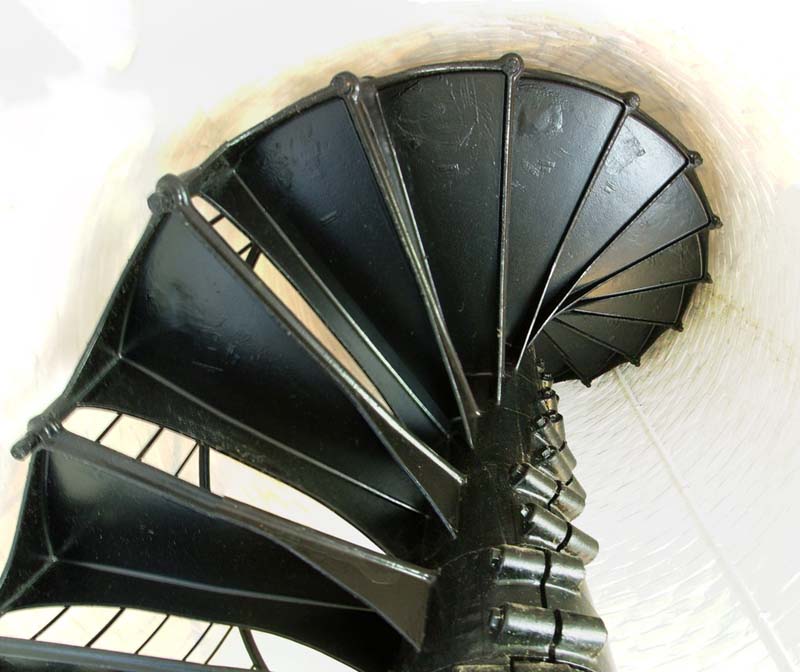
Unknown. Cape Florida Lighthouse, Key-Biscayne, Florida, 1825. Photograph by Peter Clericuzio, 2012. Stairs and stair details figure prominently among Clericuzio’s photographs.
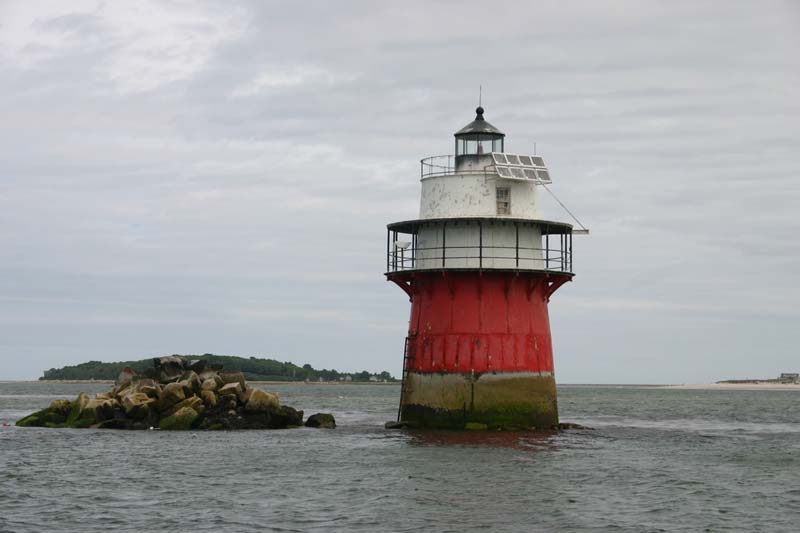
Unknown. Duxbury Pier Lighthouse, Plymouth Harbor, Massachusetts, 1871. Photograph by Frank Van Mierlo, contributed by Peter Clericuzio, 2006. In addition to the NRHP, there is the National Historic Lighthouse Preservation Act. Duxbury Pier is an example of a “coffee pot-shaped” lighthouse.
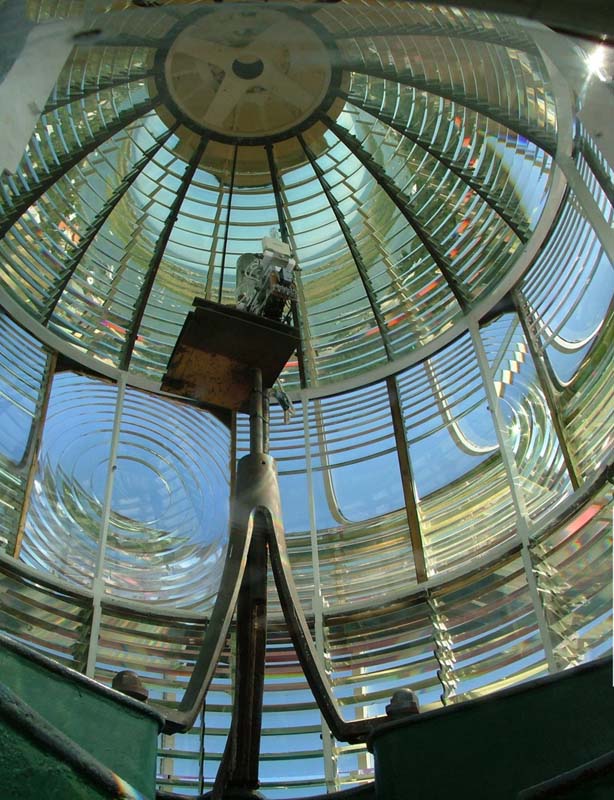
Paul Johannes Pelz, St. Augustine Lighthouse, Anastasia Island, Florida, 1871–1874. Photograph by Peter Clericuzio, 2012. Pelz was a German-American architect who was also the architect of the Library of Congress. He was a civil engineer who served on the United States Lighthouse Board. The lighthouse has a Fresnel lens, using the invention of Augustin-Jean Fresnel, which increased the light output while reducing the profile of the lenses.
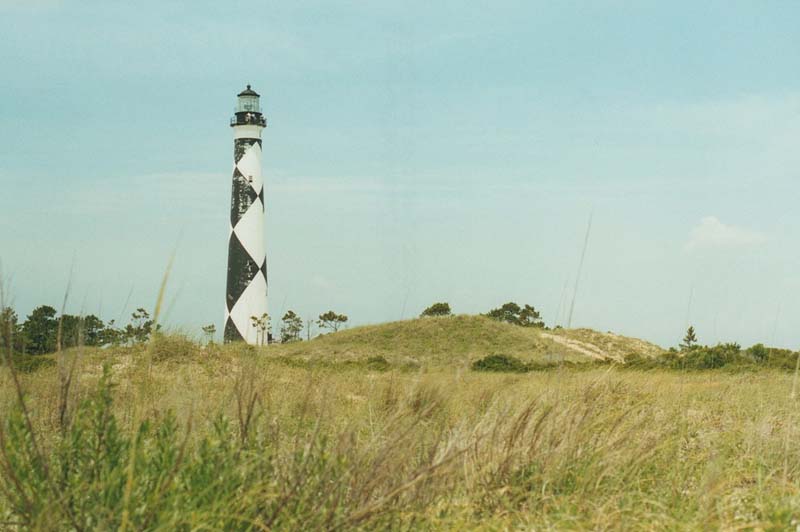
William H.C. Whiting. Cape Lockout Lighthouse, Core Banks, North Carolina, 1857–1859. Photograph by Christina Hansen, contributed by Peter Clericuzio, 2003. Whiting was an engineer who worked on harbor defenses. He served the Corps of Engineers of the Confederate States Army.
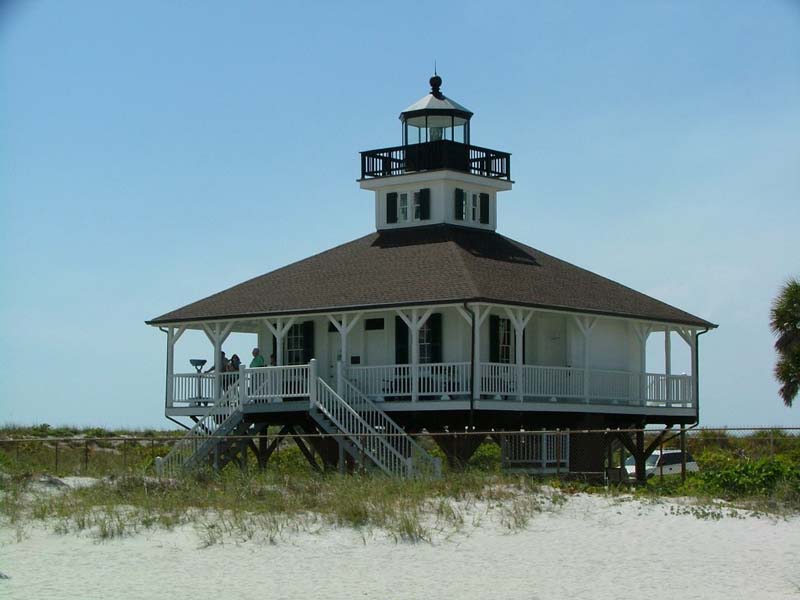
Unknown, Port Boca Grande Lighthouse, Boca Grande, Florida, 1890. Photograph by Peter Clericuzio, 2013.
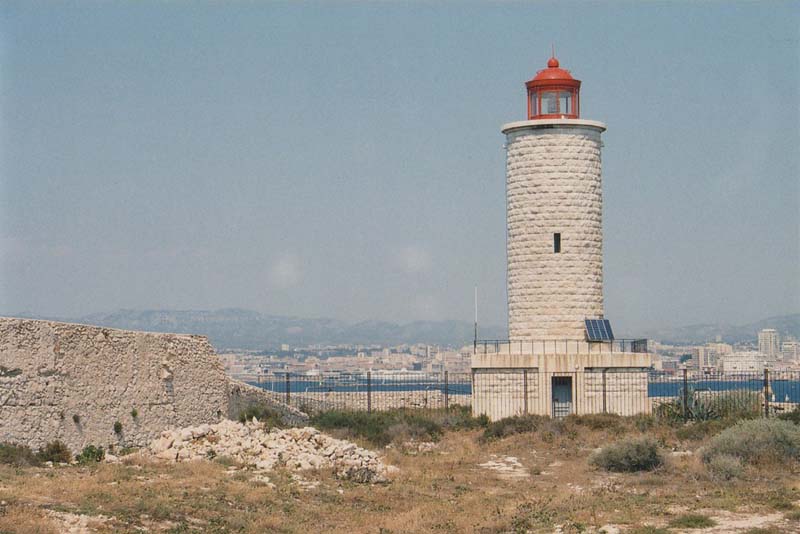
Arbus et Crillon, Phare d’If, Marseille, France, 1948. Photograph by Christina Hansen, contributed by Peter Clericuzio, 2004.
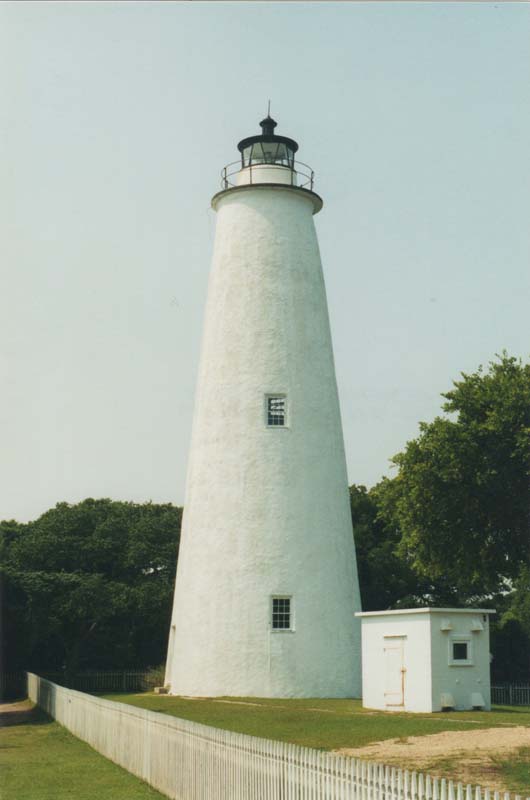
Noah Porter, Ocracoke Lighthouse, Ocracoke, North Carolina, 1823. Photograph by Christina Hansen, contributed by Peter Clericuzio, 2003.
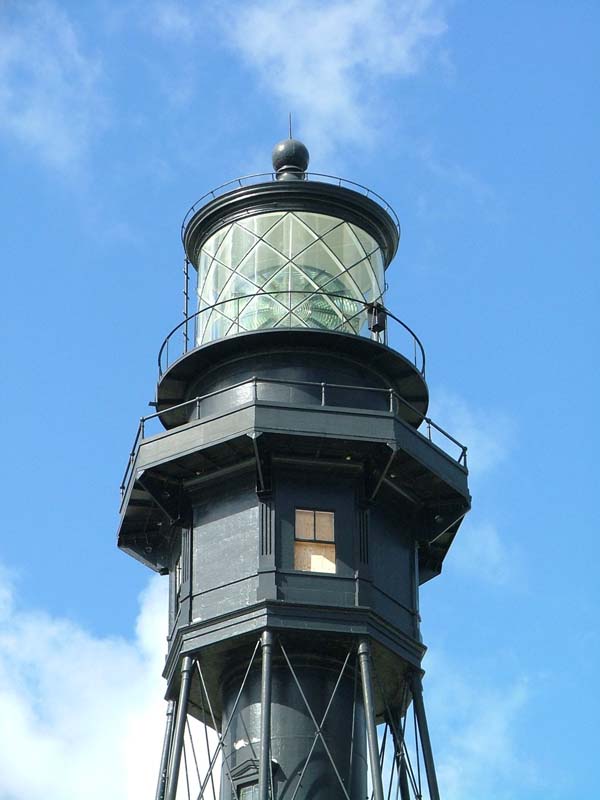
Russell Wheel and Foundry, Hillsboro Inlet Lighthouse, Hillsboro Beach, Florida, 1906–1907. Photograph by Peter Clericuzio, 2012. Russell Wheel and Foundry made railroad cars and also the structural skeletons of multiple lighthouses.


